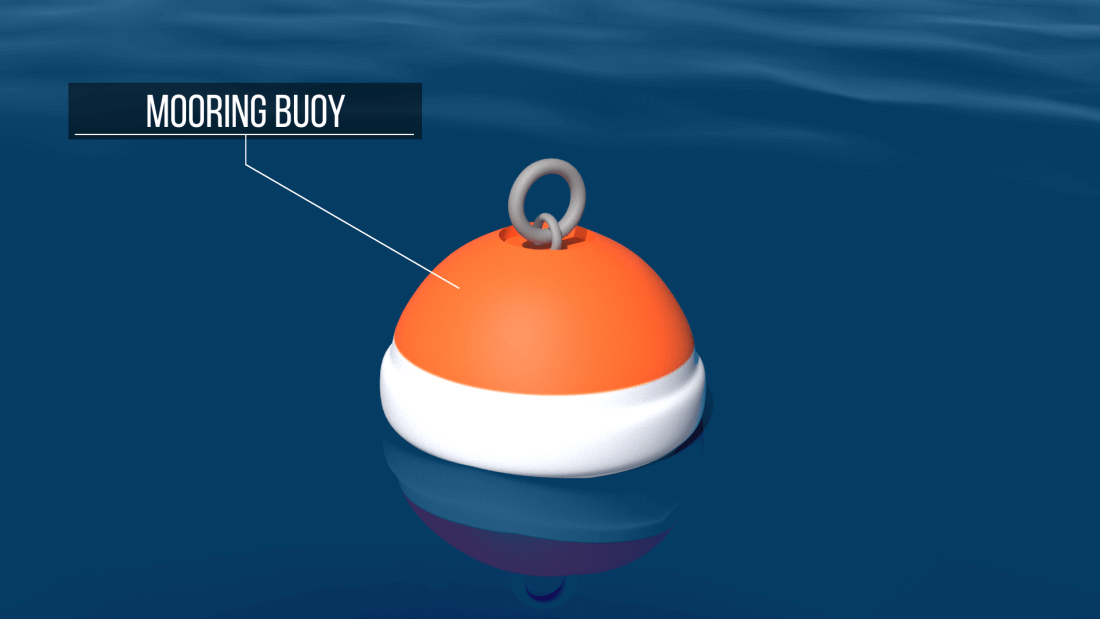Mooring buoy Special Buoy
Characteristics of a mooring buoy

What is a mooring buoy?
A mooring buoy is a specially designed floating device that allows boats to secure safely to a fixed point in the water without the need to drop an anchor. It serves as a stable, environmentally friendly, and convenient alternative to anchoring—especially in harbors, marinas, and protected bays. By attaching a vessel to a mooring buoy, boaters help protect sensitive underwater environments while ensuring their boats remain safely positioned. Understanding how mooring buoys work, how to identify them, and how to use them properly is an important skill for every boater.
What is the purpose of a mooring buoy?
The main purpose of a mooring buoy is to provide a secure point of attachment for vessels. Each buoy is anchored to the seabed with heavy chains, cables, or concrete blocks known as moorings. The buoy itself floats on the surface and is connected to the anchor via a strong line or chain, allowing the buoy to move slightly with the tide or waves while keeping the vessel stationary.
This system is safer and more reliable than anchoring in busy or environmentally sensitive areas. Anchors can drag on the seabed, damaging coral reefs or aquatic vegetation, while mooring buoys keep the connection fixed and stable. For this reason, many marine parks, reserves, and harbors use mooring buoys to minimize ecological damage and organize vessel spacing.
Appearance and Identification
In both the United States and Canada, mooring buoys are easily recognizable by their distinctive white color with a single blue horizontal band around the middle. They are typically round, cylindrical, or can-shaped, depending on local regulations and conditions. Many also have a metal ring, eyelet, or shackle on top for attaching the boat’s mooring line.
How to use a mooring buoy?
When approaching a mooring buoy, do so slowly and carefully, ideally heading into the wind or current for better control. Assign a crew member to the bow with a boat hook to retrieve the buoy’s pickup line or ring. Once close enough, attach your bow line or mooring line securely to the buoy’s ring or eyelet. Always use a line that is long enough to allow for changes in tide and boat movement, and ensure the knot or shackle is secure.
Avoid using the buoy’s small pickup line to hold the boat—it is only meant to assist in connecting your heavier mooring line. Once attached, check that your boat has enough swing room so it doesn’t collide with other vessels or structures as the tide or wind changes. After securing, shift the engine into neutral and make sure the boat is floating freely but held firmly in place.
What colours appear on a mooring buoy in Canada?
A mooring buoy is white with an orange stripe.